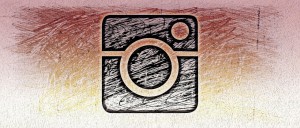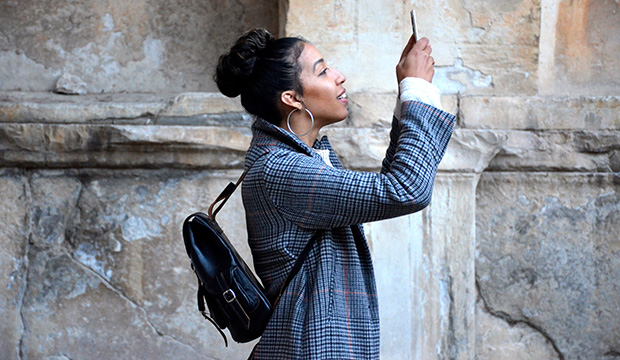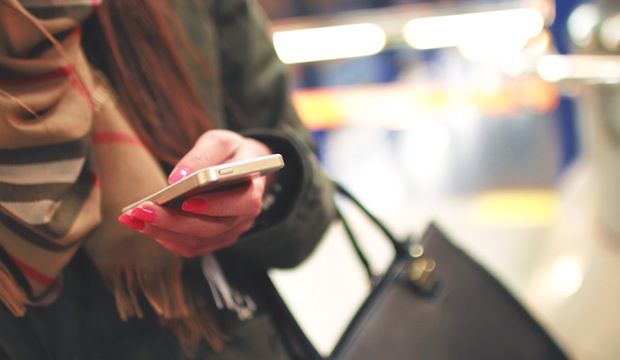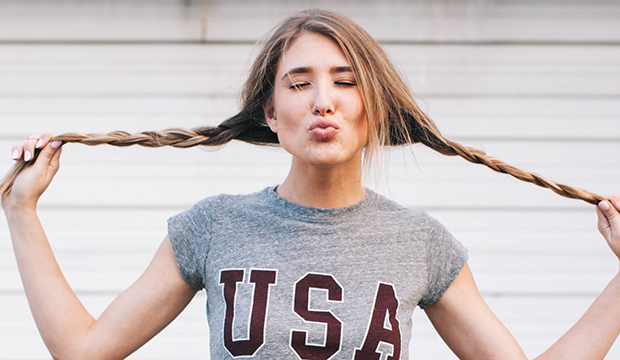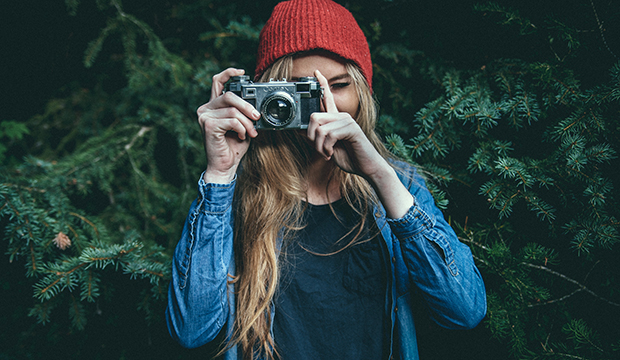Since Facebook Live, Periscope (Twitter), Meerkat, Snapchat, Youtube, Instagram and Twitch…live social has been an ever-evolving social beast. There are endless engagement benefits for influencers and brands who are taking advantage, and it has yet to die down.
According to Social Media Examiner, “Live social video also has a benefit that even television lacks: the audience can participate. Viewers watching a live stream on a social media platform can write in their comments. The broadcaster can then read and reply to comments, and allow the audience to influence the content of the live video as it’s being created.” The ability to ask about a new medical solution, product launch, fashion line, or a sports tournament while the conversation is being announced is a luxury. It’s an advantage that social media has allowed us to be more connected — as humans — and as brands with humans.
Of course, each platform/channel has its own distinct benefits based on the audience who uses it, the purpose they use it for, and the content typically distributed and shared upon it. For example, Facebook is advantageous for live-action shots from events and the perfect way to reach large audiences. In turn you have Instagram (although owned by Facebook), which due to its disappearing content has a smaller share of said audience despite followers. However, because of the non-permanence of said content, it creates more intrigue, excitement, and a reason to check-in to the stream. It becomes more of a tune in experience as TV used to be before you could record. An exclusive experience to that moment…and if you miss it, you’re left out. And the fear of missing out (FOMO) is too large to allow that to happen.
However, just because your brand uses social media to post content in real time, planning is still necessary, like any other video content. There must be a strategy with a script, crew, cast (if needed), location chosen, lighting, ensuring sound will record ok, storyboards, and of course, running through the story once to ensure it makes sense before the real thing.
So why are some brands abandoning live social within their social efforts and strategy?
Some may believe that live social isn’t providing the ROI or engagement they want or need to be visible to their audience, and make a true difference through social content. However, it’s not always about the quantity of viewers, but the quality. The percentage of folks who engaged from the those who watched. In turn, did they create an action after? Did it create awareness of the brand’s service or product? We can’t expect a 5-10 minute live stream to convert a customer through our mortgage CRM, but we can create awareness, engagement, and provide an opportunity for potential customers to understand the brand better, and truly connect with the brand rather than through an advertisement, blog post or white paper. It provides a connection point that is more human and personal – creating trust, whether you’re a B2C or B2B brand.
My theory? Have a test and learn approach for your social content. Find the channel that connects best with your audience. Create a video plan and test up to 3 videos to see what type of return they provide. Did they go without response or views? Or were you able to engage with your current audience? Find new audience members? Engagement is worth more than eyeballs in this instance, and we must determine what type of engagement matters to the brand and the purpose of the content being disseminated.
Is your competitor kicking butt in live social? Are they taking advantage? Then why aren’t you?
Be a brand that other brands show in best practice manuals — demonstrate that your brand understands digital and social, and how true consumer connections can be made through transparency and trust, using the largest channel in our hands today – mobile and digital/social.







